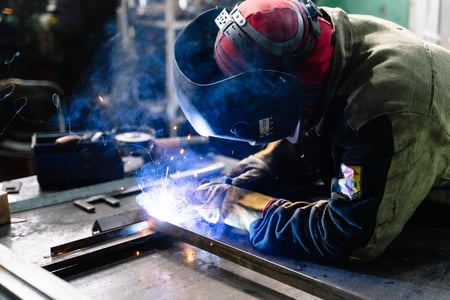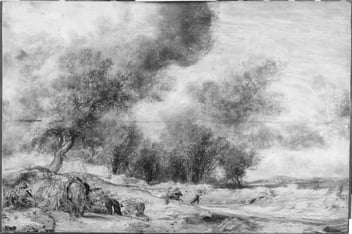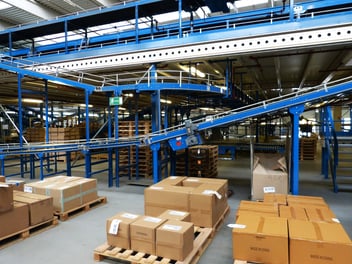Thermal Imaging and SWIR
Thermal Imaging is necessary across several industries from lab equipment, glass inspection, material testing, and fire safety.
To the human eye, metal starts to glow vibrant red when it reaches an extremely high temperature. Everyone knows metal at this stage is no longer safe to touch, however most hot metals are still unsafe to touch before it starts glowing. For example, most stove tops cannot heat a cast iron skillet to a temperature that would cause it to glow red, however anyone who has picked up a hot cast iron skillet will know that it is still very dangerous to touch.
But why is it that we can only see metal glow after a certain temperature?

As metal increases in heat, the metal outputs more energy in the form of light. As an object heats up, the emitted wavelength on the electromagnetic spectrum falls into the SWIR (Short Wave Infrared) and NIR (Near Infrared) range, just outside of visible light. As the temperature increases, wavelengths continue to decrease in size, resulting in some light emitting in the visible light spectrum. This is why very hot metals are often seen glowing red, as it is the closest visible wavelength to the SWIR and NIR region.
When working in metal foundries or soldering, it is important to monitor temperatures to maintain the safety of the workers and ensure that the metal is at the proper stage for processing. A soldering iron approaching 370°C (700°F) may remain the same color to the human eye despite being unsafe for skin to make contact. This is just one of the many examples as to why including a SWIR camera in metal working is important to uphold safety standards.
A SWIR camera equipped with SeeDevice's patented sensor technology can detect a metal’s heat before it begins to visibly glow. The SeeDevice CMOS-SWIR sensor reads up to 1650nm, significantly further into the light spectrum than the human eye’s maximum of 700nm, and at a much higher sensitivity compared to competing sensors. Additionally, for production line needs, the SeeDevice sensor has a nanosecond-fast integration time and high dynamic range for any lighting conditions that would help metal foundries and solder technicians to instantly see changes in temperature.



